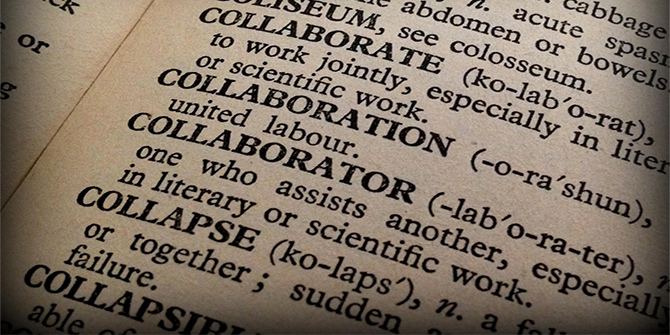 Recently appointed Labour peer Maurice Glasman, a leader of London Citizens and considered the ‘father of Blue Labour’, reflects on how the UK got into the financial crisis and who will ultimately pay for it.
Recently appointed Labour peer Maurice Glasman, a leader of London Citizens and considered the ‘father of Blue Labour’, reflects on how the UK got into the financial crisis and who will ultimately pay for it.
The financial crash of 2008 was a big deal.
It indicated that the financial services were a volatile star on which to hitch the economic growth wagon. It indicated that global economies still required national solutions. That the practices required for generating trust and honesty could not be provided by the market alone. That the City of London played far too powerful a role in public policy and in politics.
The bailout of Autumn 2008 was the biggest transfer of wealth from poor to rich since the Norman conquest. The economic slowdown, combined with the borrowing required to underwrite the loan to the banks, generated the deficit that will dominate our political life for the next decade at least.
The central political battle will be over the narration of this story; its causes, who was responsible and how to safeguard against it happening again.
It would be easy to say that it was the result of the uniqueness of New Labour’s political economy, which aimed to increase both state and market power. The abandonment of any conceptual distinction between financial and productive growth or between a formal and a substantive economy meant that the rates of return on financial investment would always be preferable to investment in what used to be called the ‘real economy’.
Financialisation and commmodification were accompanied by an intensification of state welfare as mental illness, displacement, disruption, educational failure, obesity and teenage pregnancy became state responsibilities. The growth and the damage seemed to be in perfect equilibrium as we spent the proceeds of growth on new hospitals, schools, community cohesion and liberal interventionism. However the growth, unfortunately, was built on private debt and increasing financialisation, and when the bubble burst it was the state and the real economy that had to take the hit. This led to a deficit that threatened state bankruptcy and has led to the cuts in public spending. The problem lay not with the market but with the state, not with the banks but with the poor, and that is where remedy is to be found. This is, roughly, the position of the Government. More market, less state. Oh yeah, and a big society.
Maurice Glasman spoke at the LSE Public Event The City of London and its Tax Haven Empire on 1 February. Click here to download a podcast of the event (MP3, 37 mb).
Click here to respond to this post.
Please read our comments policy before posting.








Certainly a big deal. Maurice. And there were warnings going back more than a decade about unregulated derivatives in the United States. One of them came from a man who would appear here in the UK in 2004, with the same warning.
The real economy, he argued, were people and traditional capitalism an insufficient paradigm to serve them.
http://socialbusiness.socialgo.com/magazine/read/wall-street–the-warnings-ignored_35.html